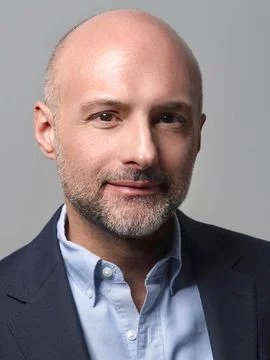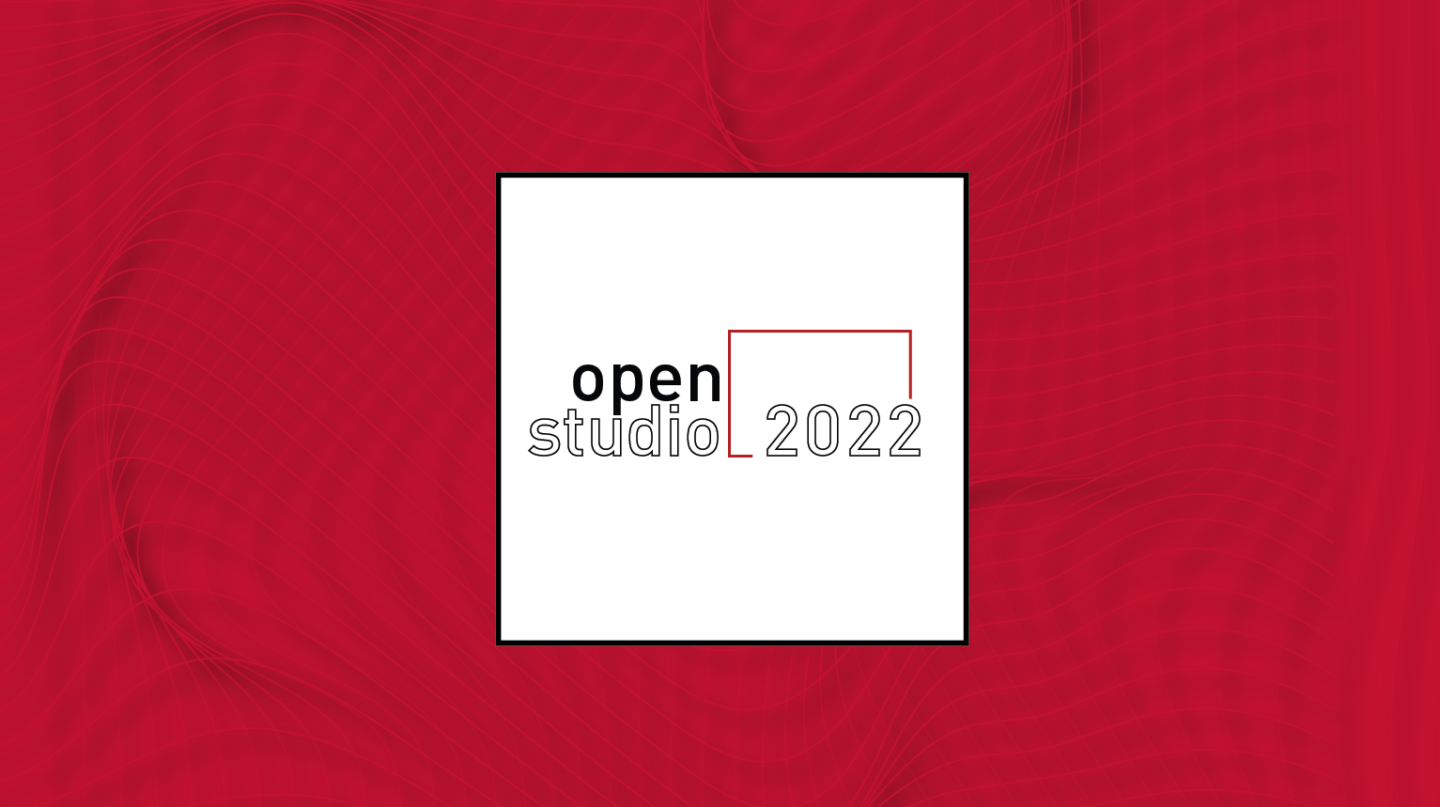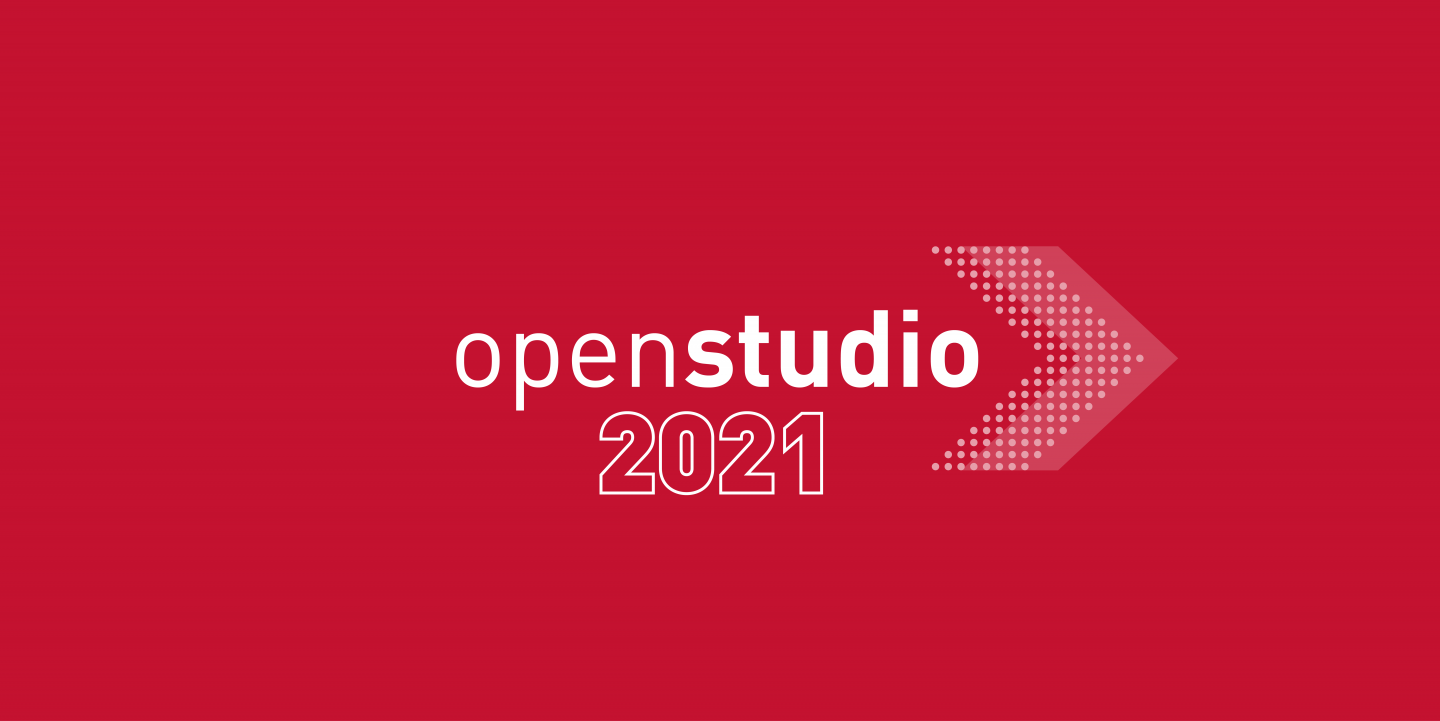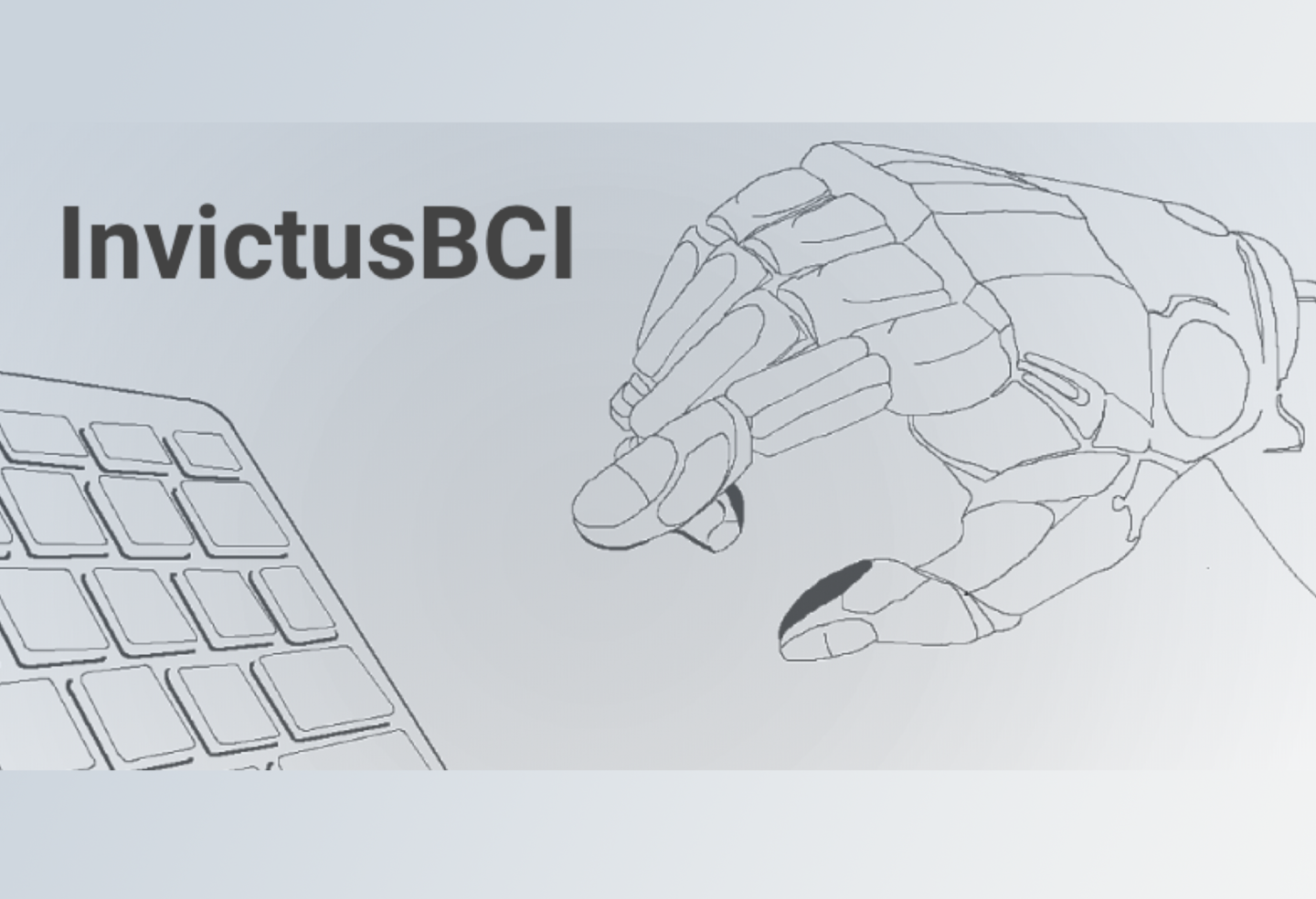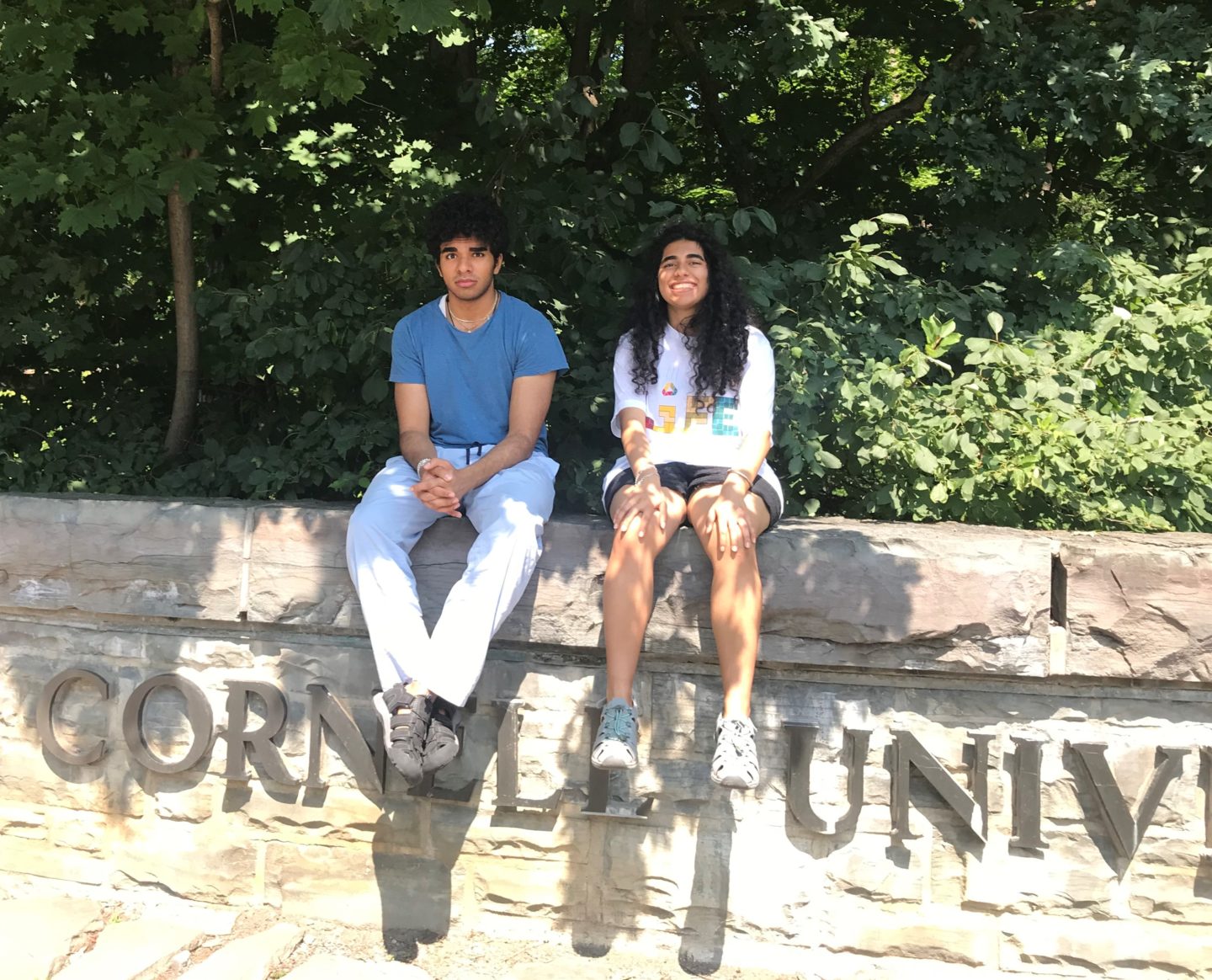Tech Privacy and Anti-Abuse Groups Call On Congress to Help Abuse Survivors Leave Family Phone Plans
Categories
(New York, August 20, 2020) — In a letter published today, Cornell Tech’s Clinic to End Tech Abuse (CETA) and nine other organizations call on Congress to create a law empowering abuse survivors across the US to leave family phone plans they share with their abusers without burdensome fees or logistical hurdles — a measure that is especially important for those fleeing abuse during the COVID-19 crisis.
See the letter sent to Congress here. Co-signers of the letter include the National Network to End Domestic Violence, the Electronic Frontier Foundation, Access Now, and Sanctuary for Families, among others.
The organizations are calling on Congress to create a federal law that lets survivors, in any state, leave a family phone plan through a quick and remote process accompanied by strong privacy protections. Survivors should not have to pay fees, face burdensome or intrusive requirements to send evidence of the abuse to the phone company, or have to sign up for a new contract with the same phone carrier, as described in the letter. Survivors should also be able to keep their current phone numbers so they can more easily communicate with the family members, friends, and crucial services that can help them stay safe.
In the hands of an abuser, family phone plans can become tools for stalking and other harms. While some US states have passed laws seeking to address this problem, most abuse survivors do not yet have a legal right to get out of family phone plans easily, remotely, or for free. During the COVID-19 crisis and related lockdowns, the dangers of shared plans are particularly acute: if an abuser discovers a survivor’s location, the survivor may not be able to find new housing or travel to a safe location. Survivors experiencing poverty or unemployment also may not be able to afford the fees companies often charge when someone leaves a family plan.
“Abusers will often do anything they can to control their victims, and family phone plans can be a powerful tool for such abuse,” Sarah St.Vincent, Director of Cornell Tech’s Clinic to End Tech Abuse (CETA). “People’s lives and safety are far more important than any contract they once signed, and Congress should recognize this by creating protections now.”
Currently, some US states allow abuse survivors to get out of family phone plans — but only if they first obtain a court order. Under these laws, survivors usually also must switch to a different contract with the same phone company and pay the resulting billing and other expenses. At least two states, New York and Hawaii, give abuse survivors a right to leave their phone contracts completely and without a court order. However, they require survivors to send potentially sensitive evidence of the abuse such as police or medical reports to the phone company, which may jeopardize privacy or re-traumatize the survivor.
When abuse survivors do not have any special rights to leave family phone plans, phone companies may charge them as much as $350 per phone line to exit the plan. In addition, the survivor may also have to pay the remaining cost of their smartphones or other devices purchased under the plan. For many, these charges will be unaffordable — especially in the worsening economic crisis COVID-19 has created.
Researchers at Cornell Tech, a campus of Cornell University, and other institutions have repeatedly documented ways abusers can misuse family phone plans to track what adult survivors or children are doing. Here is more research on how intimate partner abusers exploit technology.
About Cornell Tech
Cornell Tech is Cornell University’s groundbreaking campus for technology research and education on Roosevelt Island in New York City. Our faculty, students and industry partners work together in an ultra-collaborative environment, pushing inquiry further and developing meaningful technologies for a digital society. Founded in partnership with the Technion-Israel Institute of Technology and the City of New York, Cornell Tech achieves global reach and local impact, extending Cornell University’s long history of leading innovation in computer science and engineering.

